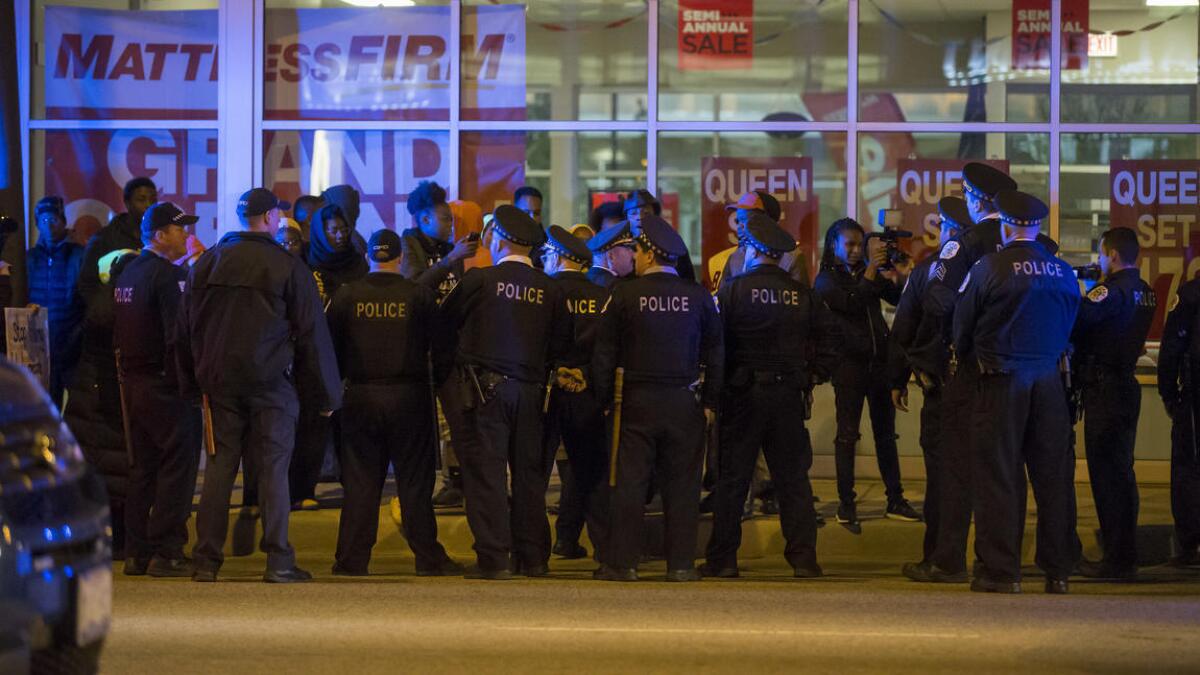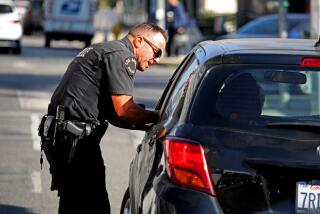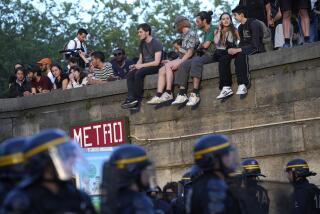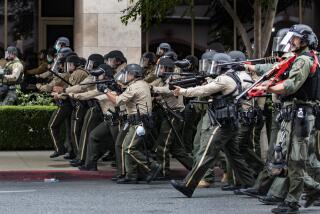Two years ago Chicago police shot a black teenager 16 times. Here’s what has changed since

Two years ago, a white Chicago police officer fired 16 bullets at a black teenager in a fatal shooting captured on dashcam video that sparked outrage and reforms in a city that remains far from healed.
On the anniversary of the Oct. 20, 2014, shooting, amid surging gun violence, Chicago still faces uncertainty as it awaits the conclusion of a federal civil rights investigation of Police Department practices and the criminal trial of the officer at the center of the firestorm.
Still, experts say, there is reason for hope that the legacy of slain teen Laquan McDonald will be one of change.
“I think the release of the video was a defining moment for the city,” said Craig Futterman, a clinical law professor who directs the University of Chicago‘s civil rights and police accountability project. “It didn’t just reveal what everyone agrees to be a horrible and unnecessary killing of a 17-year-old boy. What is also revealed is the routine operation of a police code of silence. The lack of police accountability is a decades-old reality that won’t just evaporate overnight, and it would be wrong not to recognize the real progress and real changes that have occurred since the release of the video.”
An uproar ensued after the court-ordered release of the video last November. The footage prompted the city months earlier to pay McDonald’s family $5 million. Officer Jason Van Dyke, 38, faces murder charges for gunning down McDonald, who authorities allege was on PCP, holding a knife and ignoring repeated commands to surrender.

The video shows Van Dyke opened fire within seconds of arrival while McDonald appeared to be walking away from police, not lunging with the weapon as alleged.
The fallout cost the city’s top cop his job and exposed the failings of how Chicago police handle officer shootings and citizen complaints, especially those involving minorities. State’s Attorney Anita Alvarez lost reelection in large part because of her delay in bringing charges.
Police Superintendent Eddie Johnson is pursuing termination proceedings against Van Dyke and four officers who are accused of a cover-up.
Mayor Rahm Emanuel responded by urging widespread changes aimed at staying ahead of federal authorities who may seek to enforce reforms. His task force delivered a blistering report that found police practices rooted in racial disparity and discrimination.
Much of the mayor’s focus has been on the Independent Police Review Authority, which recommends discipline in many of the most serious cases. A Chicago Tribune investigation showed the authority has often been biased in favor of officers, even when evidence suggests misconduct. The City Council voted to replace the agency with the Civilian Office of Police Accountability, giving it broader authority to investigate alleged wrongdoing.
The Police Department also has proposed policy changes to cut down on certain uses of force. Officers may not shoot, for example, unless a fleeing person poses an “immediate threat.” Current rules allow police to fire on anyone who has committed or attempted a felony using force.
Officers also would be compelled to use the lightest force possible in any situation under the new rules, which reflect new training on defusing tense incidents as well as crisis intervention.
The mayor and police administration face a tough balancing act, though, as gun violence surges on the city’s South and West sides. Some attribute the bloodshed, in part, to officers avoiding confrontations that could land them in scandal. According to Tribune data, Chicago has far outpaced other major cities with at least 605 homicides this year. The majority of the homicides involved gun violence, with at least 3,503 people shot.
Dean Angelo Sr., president of Chicago’s Fraternal Order of Police lodge, said it remains unclear what good has actually come since McDonald’s death. He noted the availability of more Tasers for police, saying, “If there was a Taser on the street that day, it’s over long before [McDonald] ever gets to Pulaski.”
But Angelo said some of the suggested restrictions are in response to critics who know little about police work. He fears the pendulum has swung too far, leading to policies that restrict and endanger police and embolden criminals.
“It’s a very tough job that requires instant decisions,” Angelo said of police work. “My hope is that the officer is allowed to perform in a manner that ensures they go home at the end of their shift.”
Frank Giancamilli, a police department spokesman, called McDonald’s death a tragedy that led to improved policies, transparency and training.
“CPD is committed to increasing trust and accountability, which are critical to our efforts to rebuild the relationship between our officers and the residents they serve as we work to make Chicago safer,” he told the Chicago Tribune in a statement. “Under Superintendent Johnson, the department has committed to and is implementing the most sweeping reforms in recent memory.”
On Thursday, the second anniversary of McDonald’s death, about 300 people gathered outside Chicago Police headquarters and stood in front of small yellow markers of the type police use to mark bullets at crime scenes. They set out 16 markers, to signify the number of shots Van Dyke fired at McDonald.
Among the speakers was Gwendolyn Moore, 56, a South Side resident whose son, Jamaal Raymond Moore, was 23 when he was shot and killed by police four years ago.
“It’s important to talk about because the system has created injustice for its people,” she said. “If we don’t voice how we feel and just lay down with blinders on, it will not change. I don’t want to see another child dead on the streets. It doesn’t matter, black, brown, white, we are all one.”
Gutowski writes for the Chicago Tribune.
ALSO
1 LAPD officer, 2 fatal shootings days apart. How quickly should officers who kill return to work?
Boosting black voter turnout is key to Clinton campaign’s North Carolina strategy
Thousands of California soldiers forced to repay enlistment bonuses a decade after going to war
More to Read
Start your day right
Sign up for Essential California for news, features and recommendations from the L.A. Times and beyond in your inbox six days a week.
You may occasionally receive promotional content from the Los Angeles Times.






